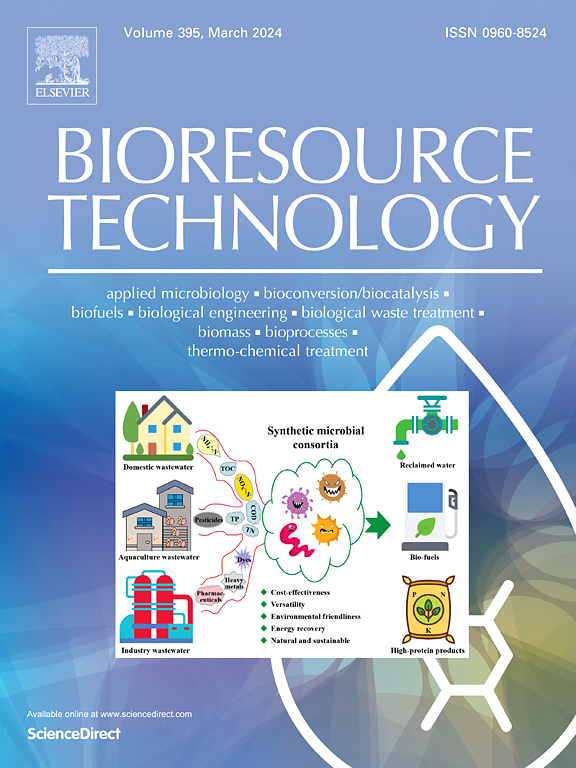Ecological risks of sulfonamides and quinolones degradation intermediates: Toxicity, microbial community, and antibiotic resistance genes
IF 9.7
1区 环境科学与生态学
Q1 AGRICULTURAL ENGINEERING
引用次数: 0
Abstract
The ecological risks posed by incompletely degraded antibiotic intermediates in aquatic environments warrant significant attention. This study investigated the degradation mechanisms of sulfonamides (sulfadiazine, sulfamethoxazole) and quinolones (ciprofloxacin, norfloxacin) during thermally activated persulfate (TAP) treatment. The main degradation mechanisms for sulfonamides involved S-N bond cleavage and –NH2 oxidation mediated by sulfate and hydroxyl radicals, whereas quinolone degradation occurred primarily through piperazine ring cleavage facilitated by a single linear oxygen. Toxic degradation intermediates were found to be enriched with bacteria in real water samples, including Aeromonas (SDZ-50, 9.61%), Acinetobacter (SMZ-50, 21.91%), unclassified Archaea (CIP-50, 19.32%), and Herbaspirillum (NOR-50, 17.36%). Meanwhile, the abundance of sulfonamide-associated antibiotic resistance genes (ARGs) (sul1 and sul2) and quinolone-associated ARGs (mfpA, emrA, and lfrA) significantly increased, with SMZ-50 and NOR-50 reaching 659.34 and 2009.98 RPKM, respectively. Correlation analysis revealed differences in host diversity and composition driven by the same classes of antibiotics and their intermediates.

磺胺类和喹诺酮类降解中间体的生态风险:毒性、微生物群落和抗生素耐药基因。
水生环境中未完全降解的抗生素中间体所带来的生态风险值得高度重视。研究了磺胺类药物(磺胺嘧啶、磺胺甲恶唑)和喹诺酮类药物(环丙沙星、诺氟沙星)在热活化过硫酸盐(TAP)处理过程中的降解机理。磺胺类化合物的主要降解机制是硫酸盐和羟基自由基介导的S-N键裂解和-NH2氧化,而喹诺酮类化合物的降解主要是通过单一线性氧促进的哌嗪环裂解进行的。实际水样中毒性降解中间体细菌丰富,包括气单胞菌(SDZ-50, 9.61%)、不动杆菌(SMZ-50, 21.91%)、未分类古细菌(CIP-50, 19.32%)和Herbaspirillum (no -50, 17.36%)。同时,磺胺类相关抗生素耐药基因(sul1和sul2)和喹诺酮类相关抗生素耐药基因(mfpA、emrA和lfrA)的丰度显著增加,SMZ-50和NOR-50分别达到659.34和2009.98 RPKM。相关分析显示,在相同种类的抗生素及其中间体驱动下,宿主多样性和组成存在差异。
本文章由计算机程序翻译,如有差异,请以英文原文为准。
求助全文
约1分钟内获得全文
求助全文
来源期刊

Bioresource Technology
工程技术-能源与燃料
CiteScore
20.80
自引率
19.30%
发文量
2013
审稿时长
12 days
期刊介绍:
Bioresource Technology publishes original articles, review articles, case studies, and short communications covering the fundamentals, applications, and management of bioresource technology. The journal seeks to advance and disseminate knowledge across various areas related to biomass, biological waste treatment, bioenergy, biotransformations, bioresource systems analysis, and associated conversion or production technologies.
Topics include:
• Biofuels: liquid and gaseous biofuels production, modeling and economics
• Bioprocesses and bioproducts: biocatalysis and fermentations
• Biomass and feedstocks utilization: bioconversion of agro-industrial residues
• Environmental protection: biological waste treatment
• Thermochemical conversion of biomass: combustion, pyrolysis, gasification, catalysis.
文献相关原料
公司名称
产品信息
阿拉丁
<em>tert</em>-butanol
阿拉丁
Sulfamethoxazole (SMZ)
阿拉丁
Sulfadiazine (SDZ)
阿拉丁
Norfloxacin (NOR)
阿拉丁
Ciprofloxacin (CIP)
 求助内容:
求助内容: 应助结果提醒方式:
应助结果提醒方式:


